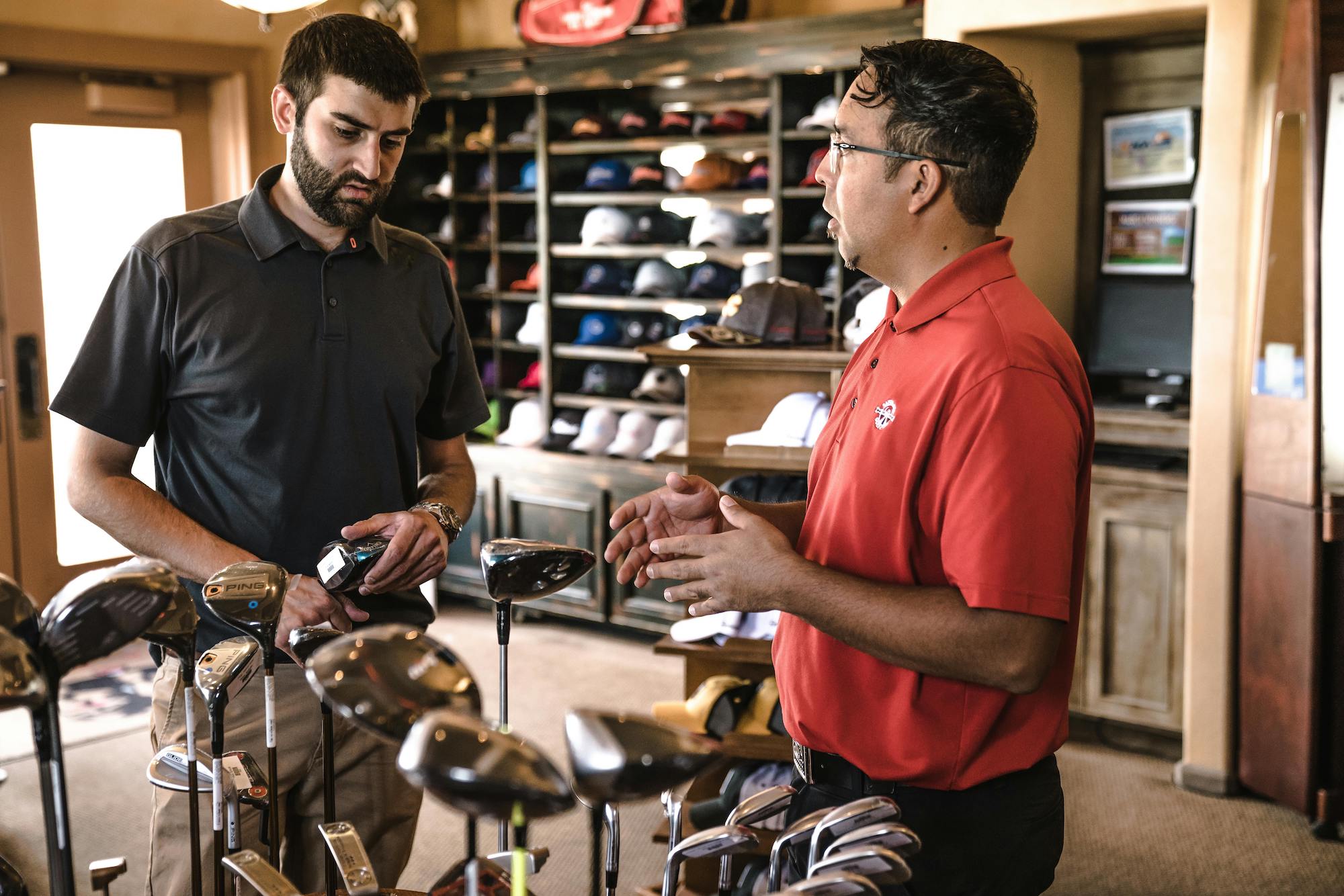
⛳ Golf Trends in 2025: The Insider’s Look at What’s Actually Changing
Golf doesn’t change overnight — it evolves. Quietly, then all at once. One day you’re teeing off next to a guy in pleated khakis, the next he’s in joggers, wireless earbuds, and a matcha in hand.
The game’s having a moment — and it’s not just about distance anymore. Golf in 2025 is smarter, cleaner, fitter, and way more self-aware. The culture, the gear, the style — it’s all being redefined by a generation that values performance as much as aesthetics.
If you want to know where golf is headed (and how to look like you’re already there), here’s what’s shaping the new era.
1. Golf’s Athletic Era Has Fully Arrived
Five years ago, warmups and Whoop bands were rare sights in the parking lot. Now they’re as common as rangefinders. The modern golfer treats their body like part of their setup — mobility drills, recovery routines, even breathwork before tee times.
It’s all about sustainability. Players want to swing hard and play long — without feeling broken on Monday.
Brands like Greyson, Rhone, and Lululemon have led the charge on the fitness-meets-fashion front, blending stretch and structure in a way that finally feels intentional. Golf’s become a wellness pursuit — just with better views.
2. Clean Aesthetics and Function-First Design
The shift in golf fashion has been undeniable. Loud prints and logos are out. Minimalism is in.
The best-dressed players right now? They’re not overthinking it. Think tonal layering, tailored joggers, breathable fabrics, and quiet accessories that don’t scream for attention — they whisper refinement.
That’s why brands like Malbon, Greyson, and Ghost Golf are thriving — they’ve made golf style aspirational again. And quietly entering that mix are brands like Dartee Golf, who are taking the same minimalist, performance-driven design philosophy and applying it to accessories.
Their belts — magnetic buckle, cut-to-size fit, interchangeable details — hit the same note as a perfectly weighted putter: effortless precision.
3. The Gear Shift: Precision Over Promises
The buzzwords are fading — no more “AI-designed faces” or “carbon resonance damping.” Players are smarter now. They care less about gimmicks and more about consistency.
The new generation of equipment is all about personalization: adjustable weighting, refined acoustics, and tour-level fit for everyday golfers.
You’ll see more players walking into fitting bays, not retail aisles. Golfers want to know their numbers, their tendencies, their launch profiles. Gear is getting less flashy, more bespoke — because confidence now comes from calibration, not marketing.
4. The Modern Golf Brand Is a Lifestyle, Not a Logo
What used to be a sport is now a full-blown aesthetic. Look around any clubhouse patio — half the crew is wearing golf gear even when they’re not playing.
But the best brands aren’t chasing streetwear hype; they’re blending worlds. Malbon built a movement by fusing West Coast casual with course credibility. Greyson refined the high-end performance lane. G/FORE leaned into flair with technical polish. And Dartee Golf — rooted in coastal Southern culture — is doing what few others can: bringing heritage texture into the modern mix.
Leather patterns that nod to craftsmanship, muted tones that fit every fit, and hardware that feels engineered, not ornamental. It’s “clubhouse luxury” done right.
5. Golf’s Cultural Rebrand Is Complete
Golf is finally cool — and it’s not an accident.
The sport’s crossover with design, fitness, and lifestyle culture has pulled in a whole new crowd. It’s not just CEOs and retirees anymore — it’s designers, trainers, creators, and athletes.
You see it in the playlists, the brands, the language. Golf is being lived differently. And it’s that diversity of influence — from streetwear to wellness — that’s making the game feel current again.
6. Sustainability and Quality Over Quantity
The gear room used to look like a revolving door — new releases every few months, endless updates. But that’s changing.
Players now want fewer, better things. They’re buying premium materials, keeping them longer, and valuing craftsmanship over novelty.
That’s why smaller boutique brands — like Dartee, Holderness & Bourne, and Ghost Golf — are resonating. Their pieces feel built to last, not built for trends.
The new luxury isn’t loud. It’s lasting.
7. The Minimalist Golfer: Intentional Everything
The new golfer is streamlined — bag, clothes, mindset. They travel light, they move smooth, and they look sharp without trying.
Every item they bring to the course has purpose: a rangefinder that fits in the palm, a performance polo that breathes right, and a belt that stays locked without thought.
This minimalist approach is what’s driving the next wave of design — golf gear as lifestyle tools, not status symbols.
8. The Clubhouse Has Become Culture
Golf used to live only between the ropes. Now it lives in cafés, podcasts, playlists, and travel plans.
It’s become a shared identity — part sport, part fashion, part wellness ritual. The same people comparing wedge grinds are swapping restaurant recommendations and flight itineraries.
And that’s the energy fueling golf’s next era: intentional, stylish, effortless performance.
Final Word from the Inside
Golf in 2025 isn’t just playing better — it’s living better.
Players are blending athleticism with authenticity, brands are focusing on feel over flash, and gear is finally reflecting the lifestyle golfers actually live.
The ones who get it — Malbon, Greyson, G/FORE, Ghost, Dartee — they’re not just selling golf products. They’re shaping how the modern golfer looks, feels, and performs.
The new game isn’t louder — it’s cleaner.
It’s not faster — it’s smarter.
And it’s not about standing out — it’s about standing for something.

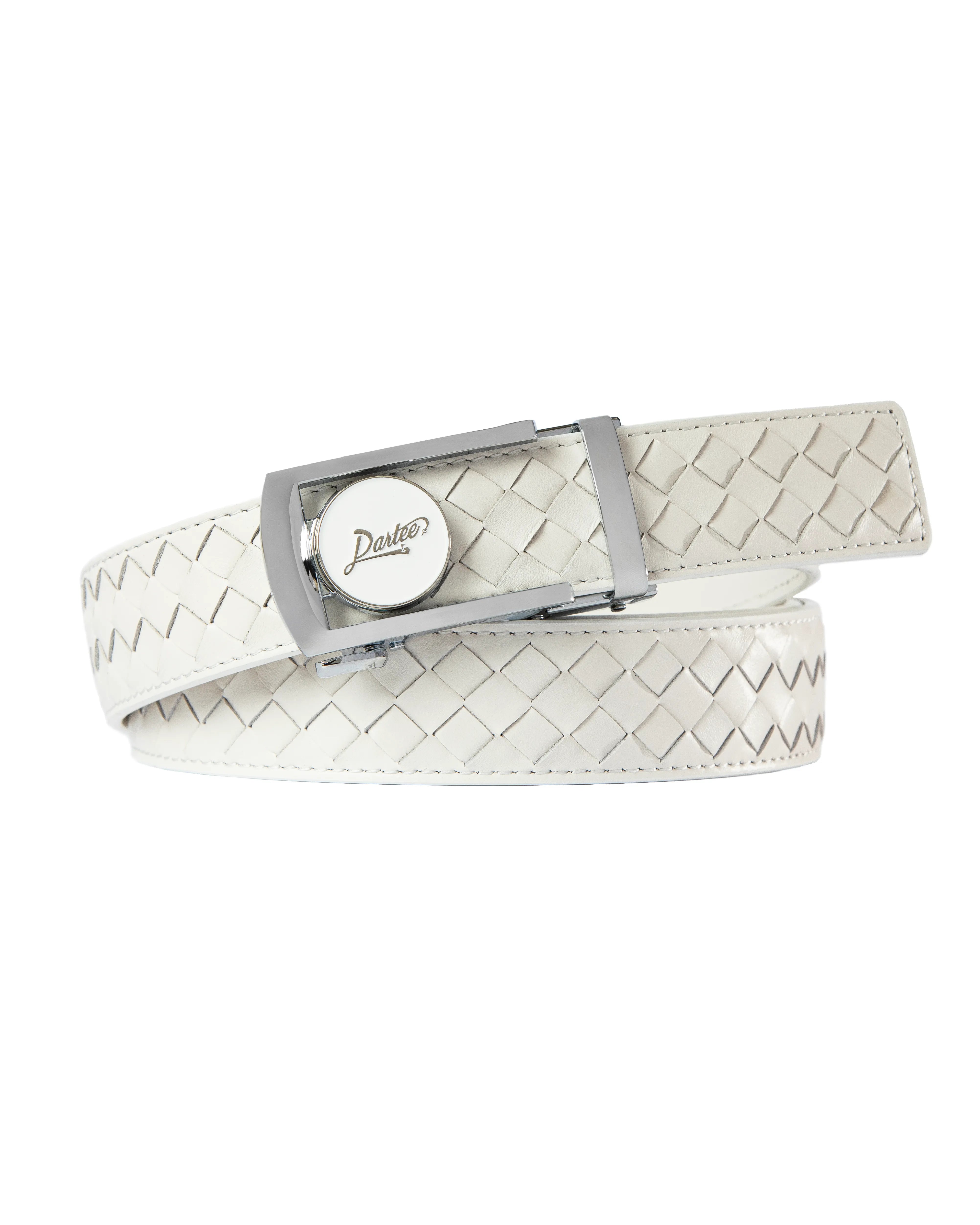



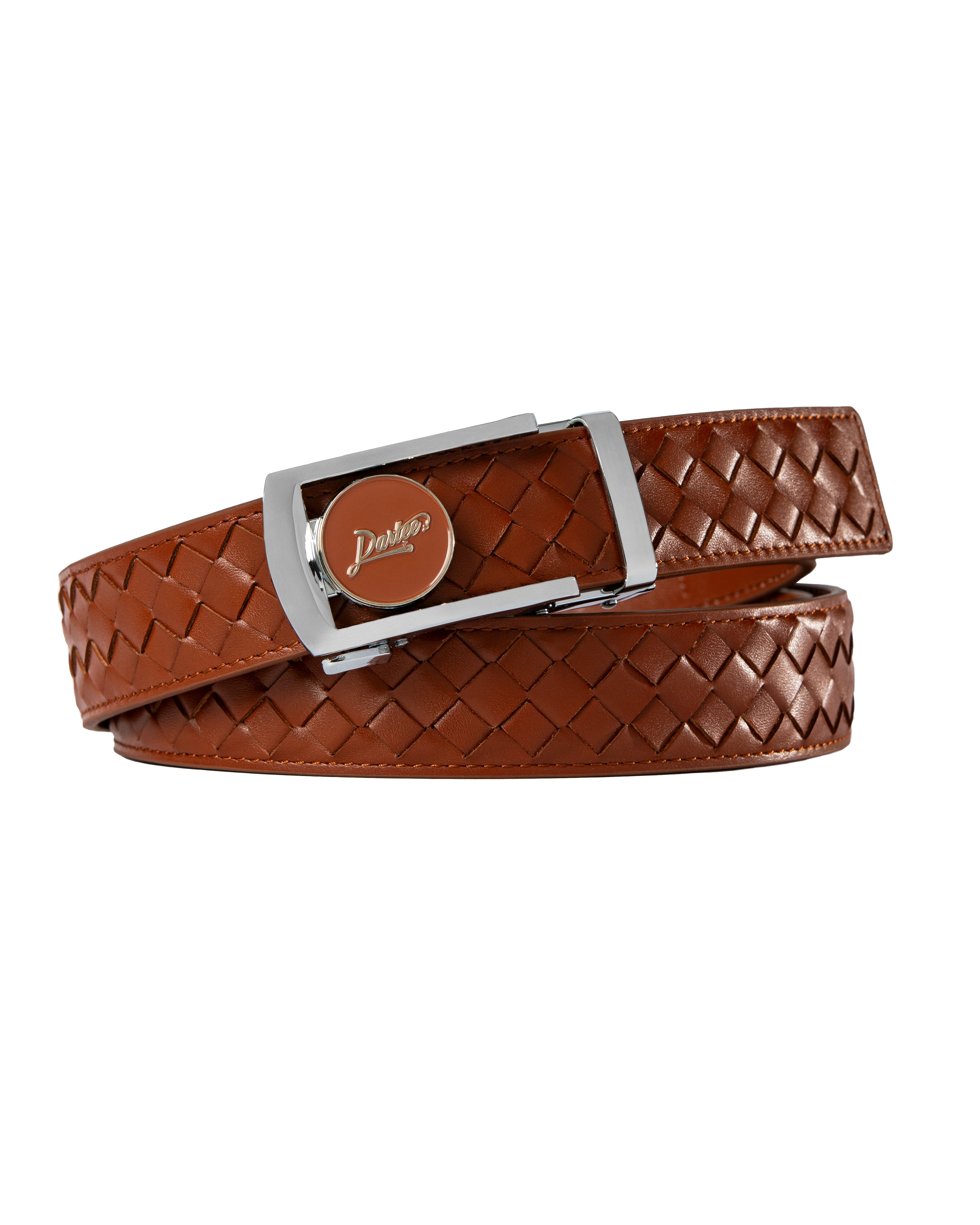
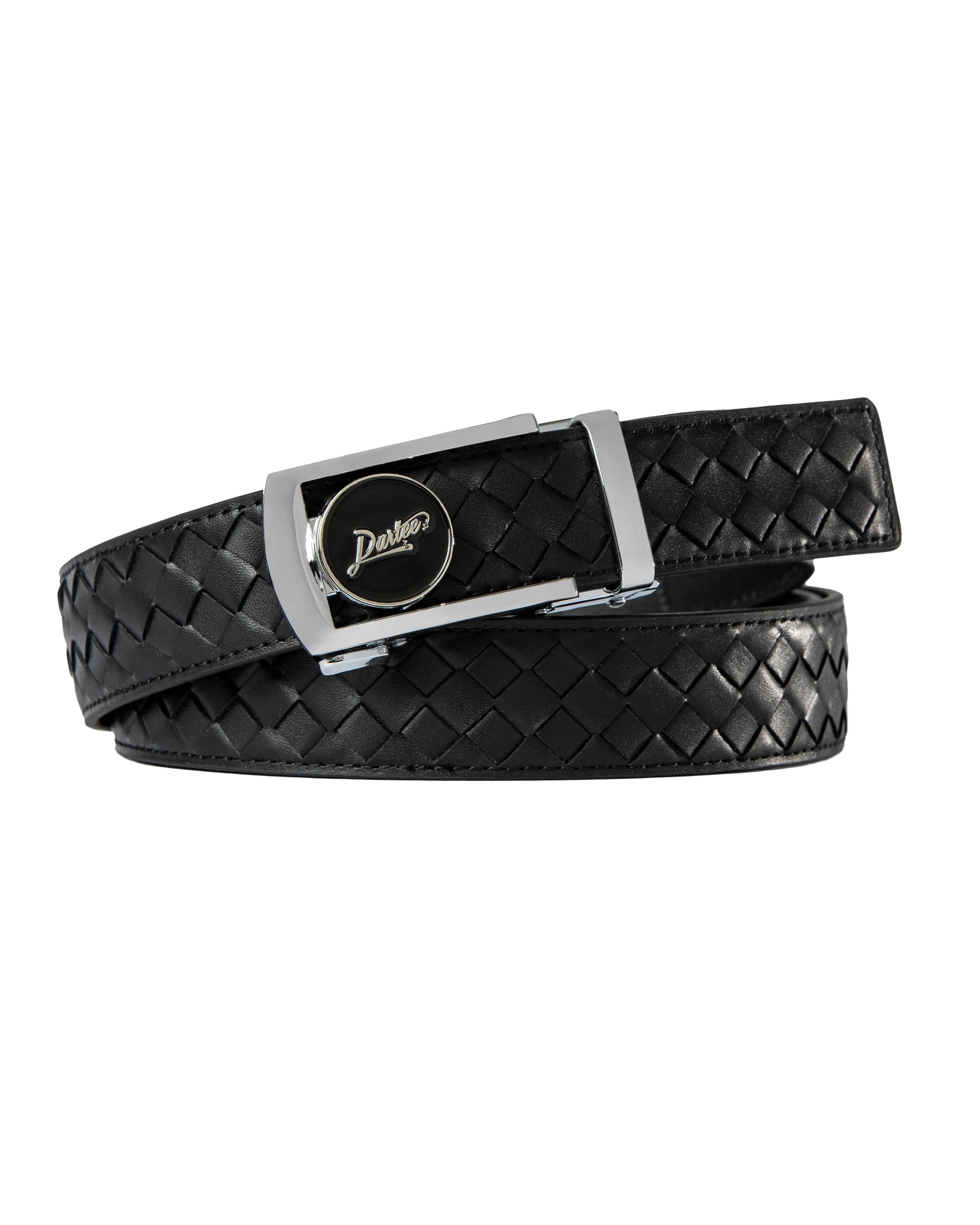
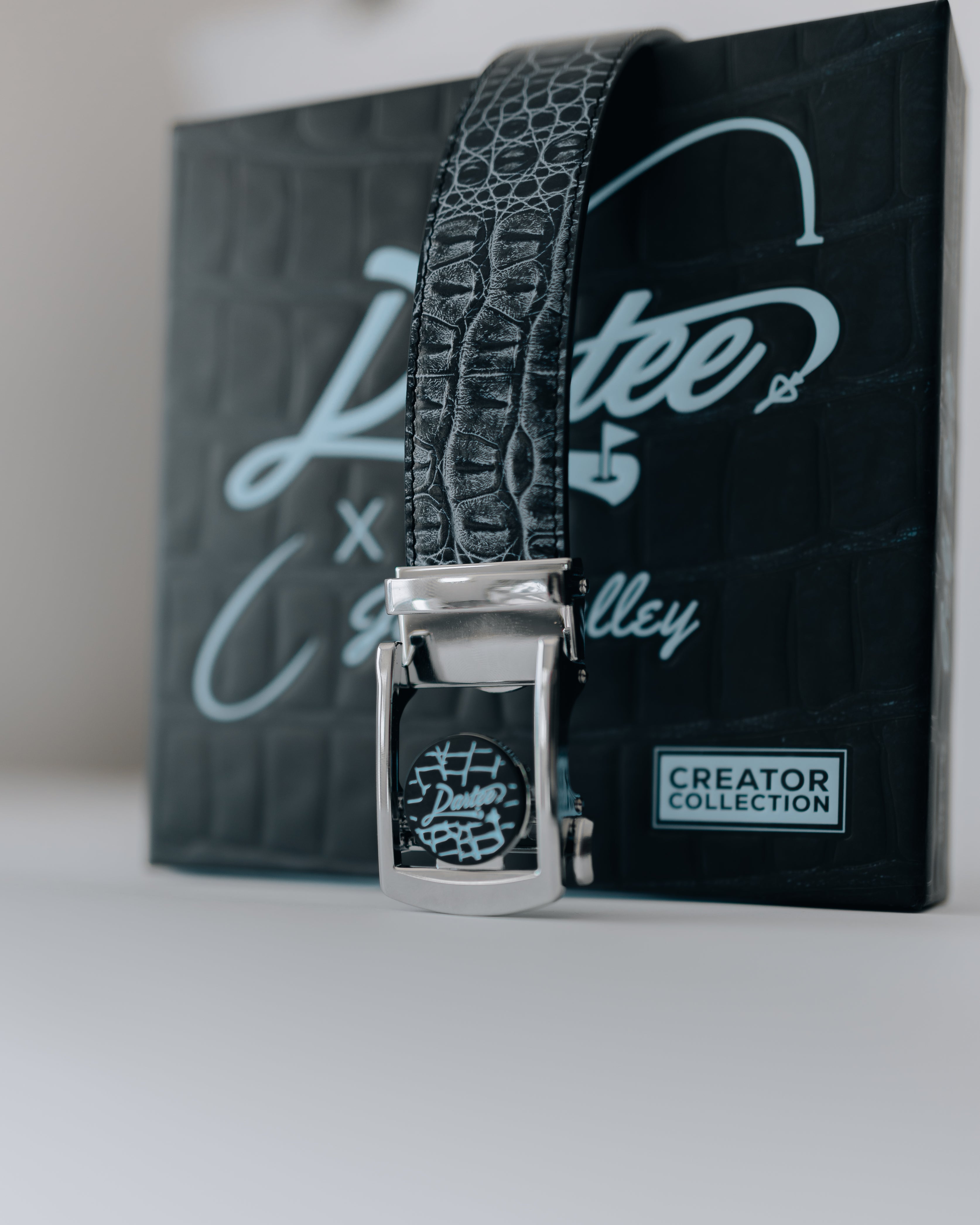
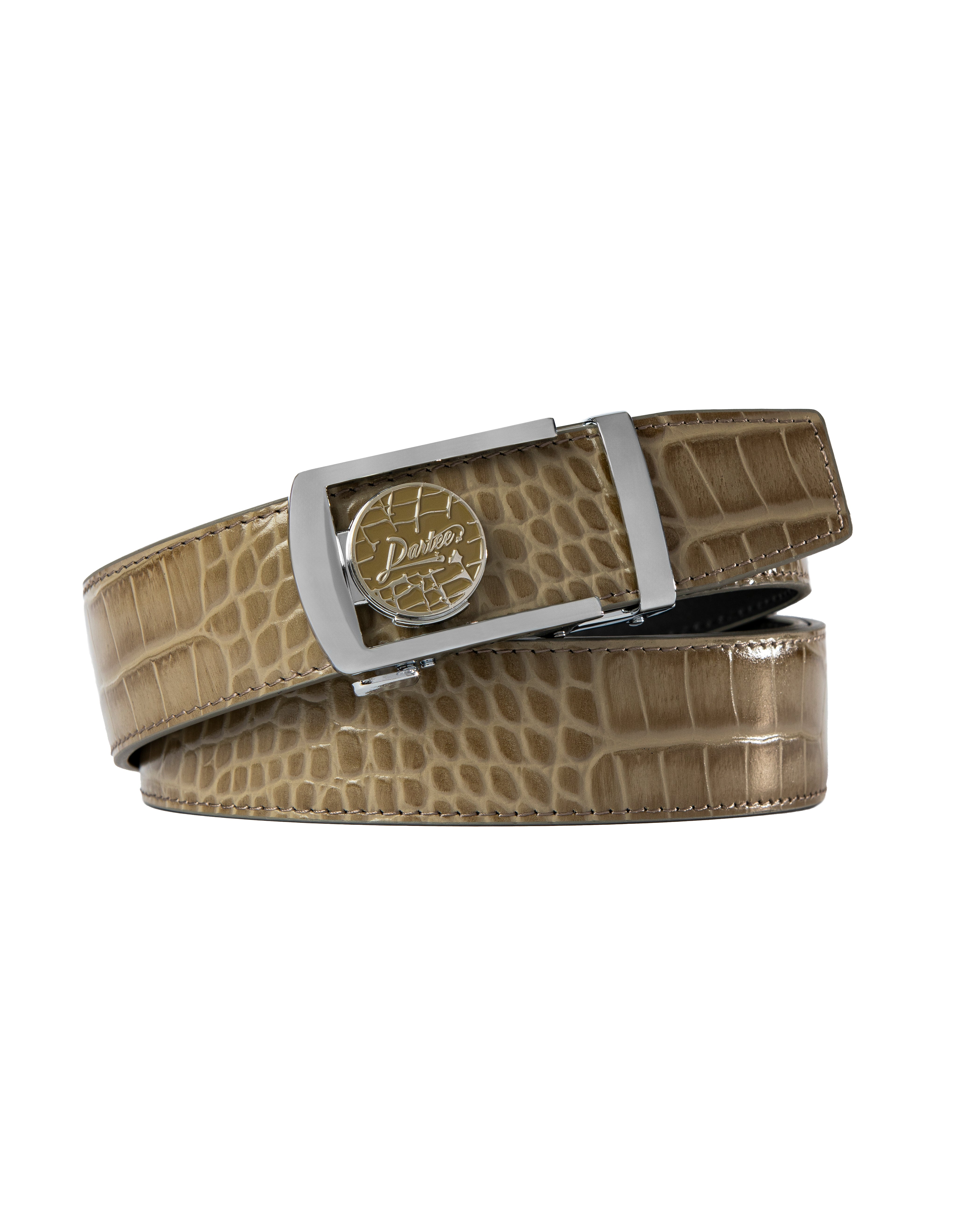

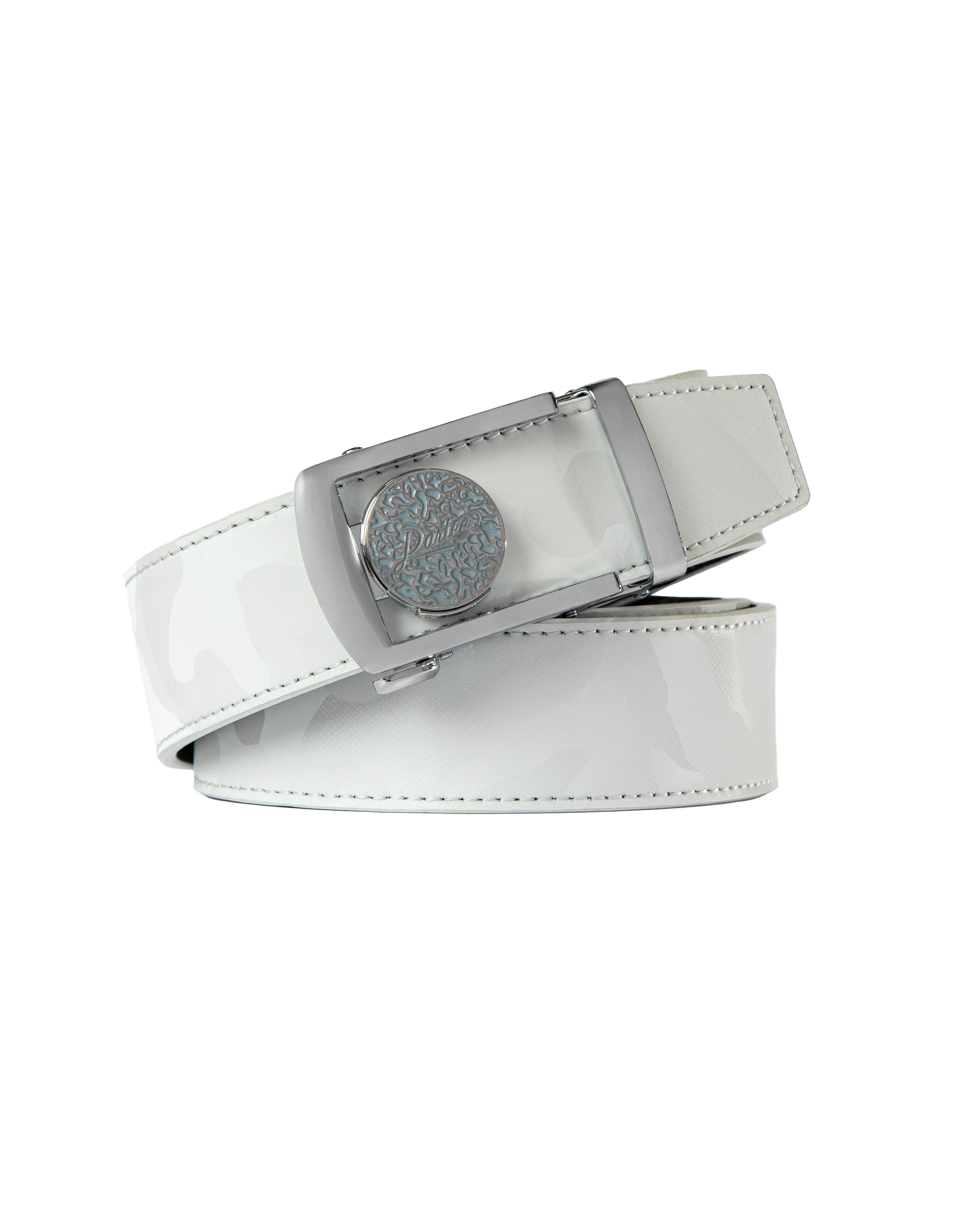

 DigitalBLB
DigitalBLB